Many radiographers suffer from low back pain, frequently resulting in reduced productivity at work
Health Imaging
APRIL 6, 2023
Low back pain routinely inhibits a significant amount of radiographers from fully performing their job duties.
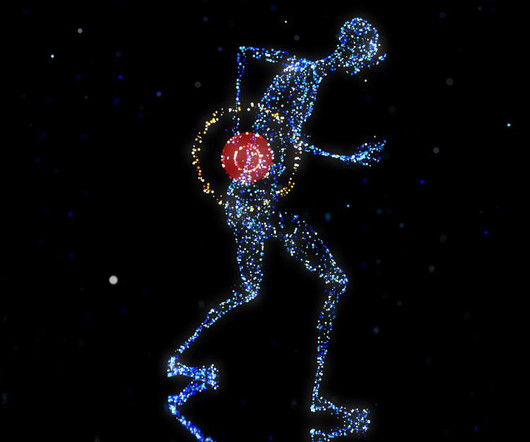
Health Imaging
APRIL 6, 2023
Low back pain routinely inhibits a significant amount of radiographers from fully performing their job duties.
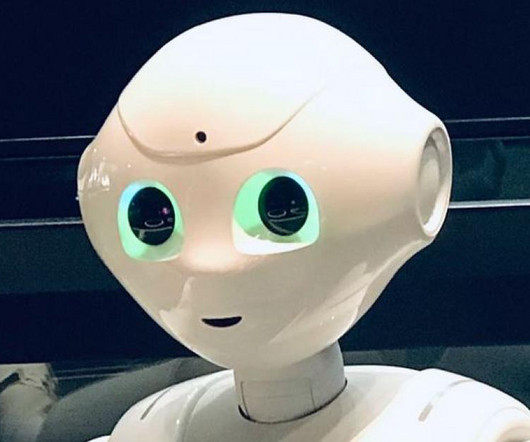
Health Imaging
MAY 13, 2024
Some believe it could make their jobs easier, while others perceive AI as a threat to their employment, new survey data suggest.
This site is protected by reCAPTCHA and the Google Privacy Policy and Terms of Service apply.
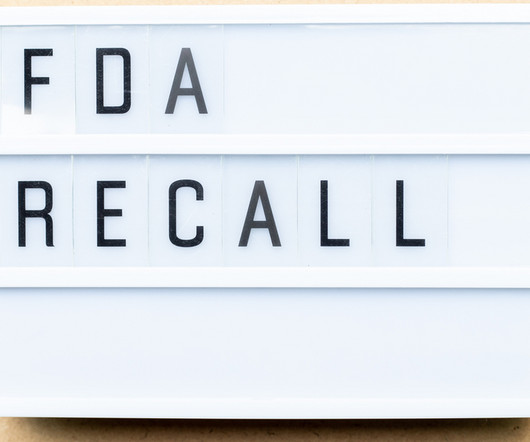
Health Imaging
MAY 22, 2024
The Class I recall, which is the most serious recall the FDA issues, comes after numerous adverse events and complications linked to the radiographic markers were reported.
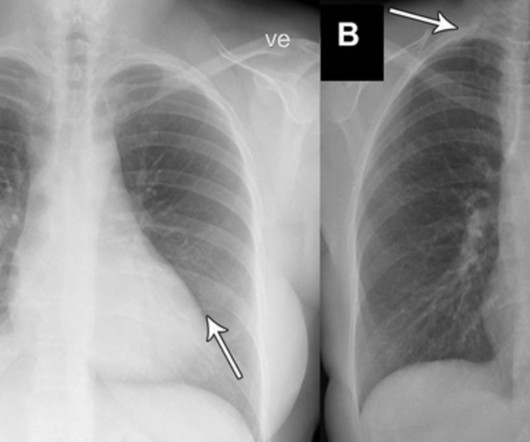
Health Imaging
APRIL 6, 2023
for abnormal radiographs and 99.8% for critical radiographs—better than two board-certified radiologists who also interpreted the exams. The tool’s sensitivity was recorded as 99.1%
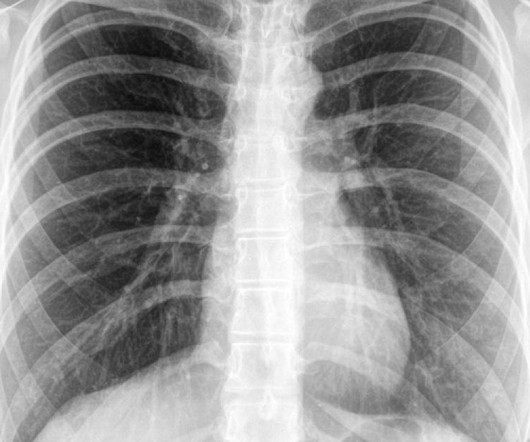
Health Imaging
APRIL 8, 2024
The new artificial intelligence model is currently reading draft radiographs at the Illinois health system.
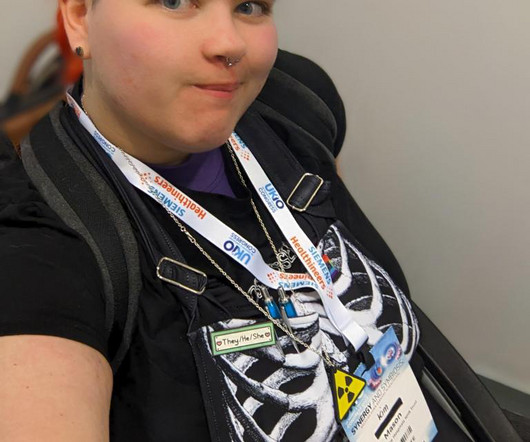
The British Institute of Radiology
SEPTEMBER 11, 2023
Kim Mason Kim Mason, an Audit and Research Radiographer for Mid Yorkshire Teaching Hospitals Trust, talks about their role as well as the value of radiographer engagement in research activities and how to get involved. Hi, I’m Kim and I am an alternative-styled, funky-haired, septum-pierced, disabled Audit and Research Radiographer.

Health Imaging
APRIL 19, 2023
Features pertaining to location, density and superimposed structures were recently found to be associated with poorer outcomes for patients who initially had their lung cancer overlooked on radiographs.
Let's personalize your content